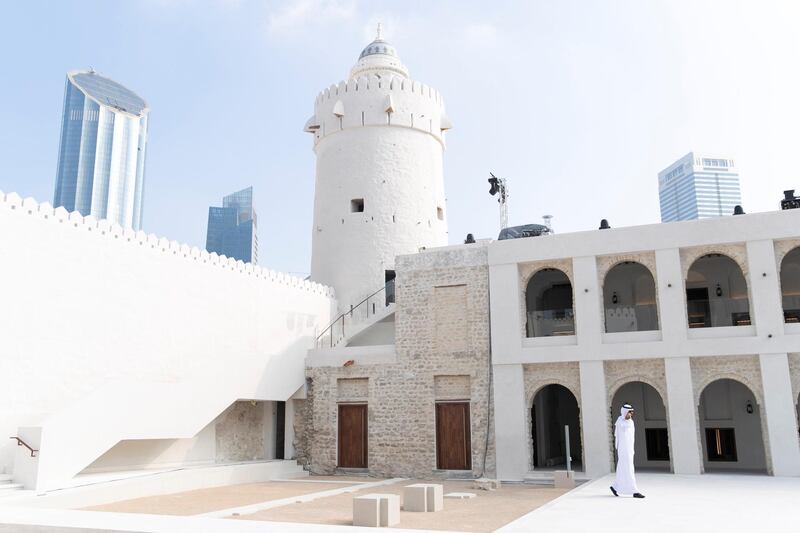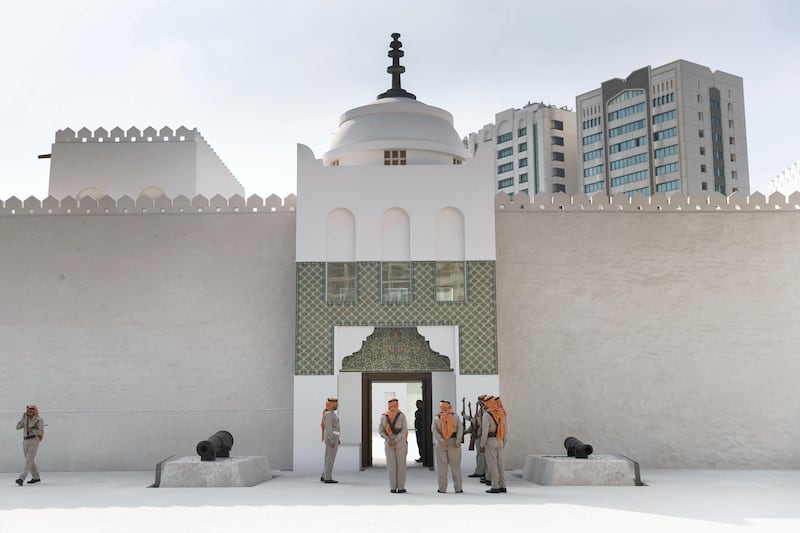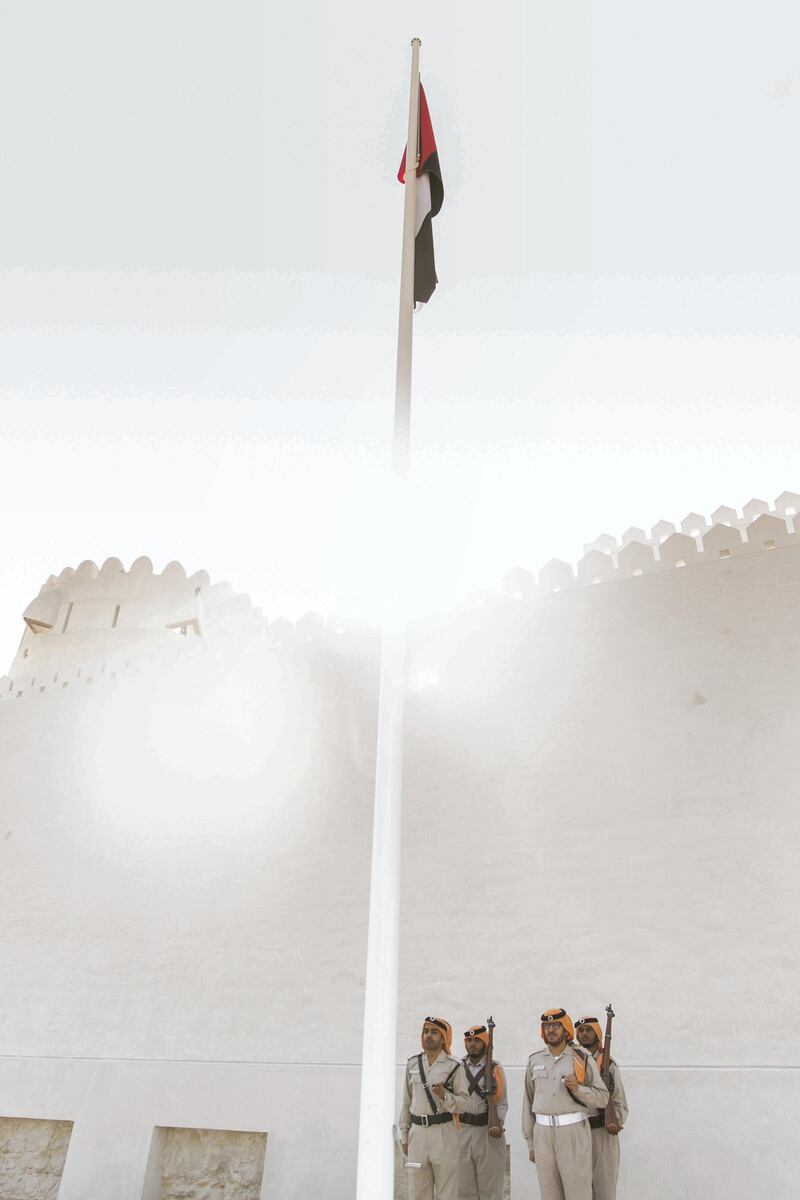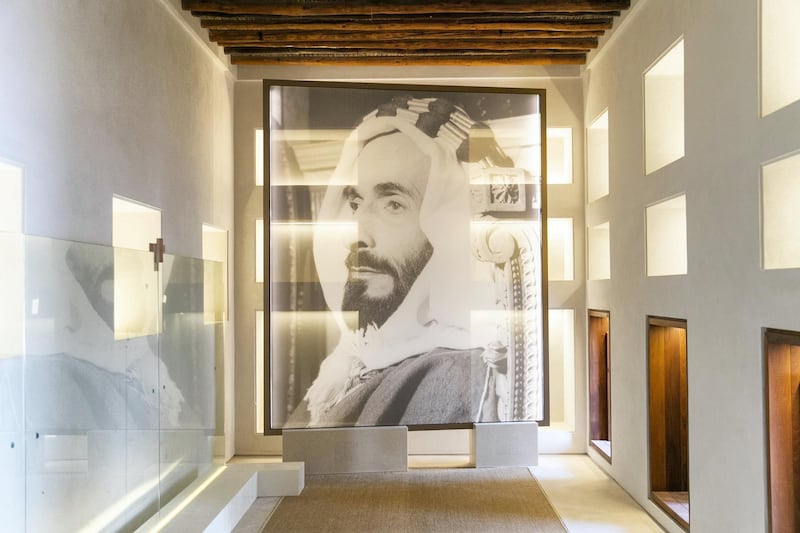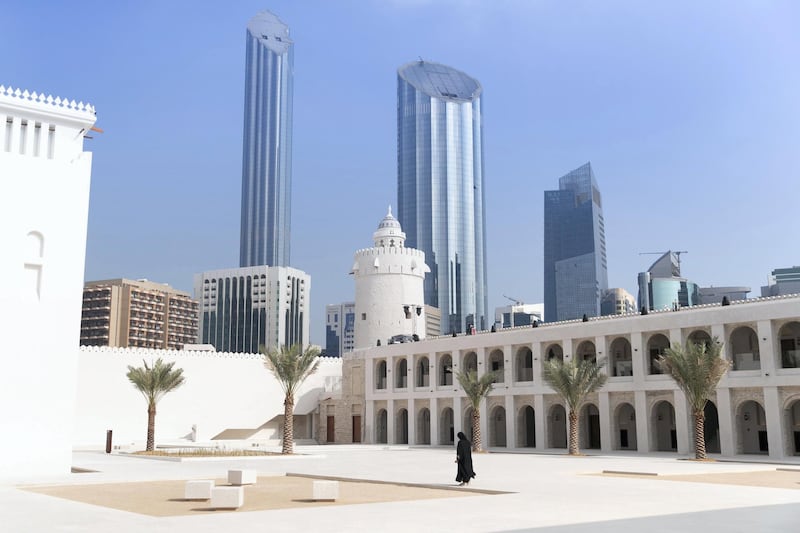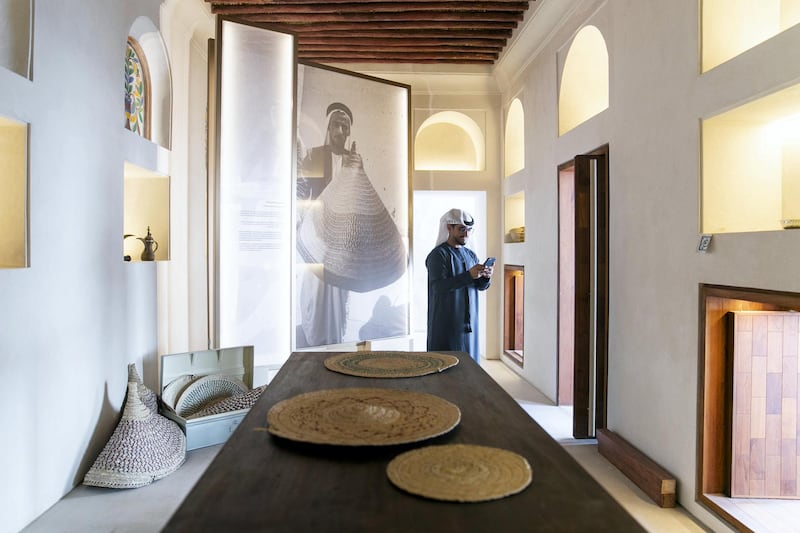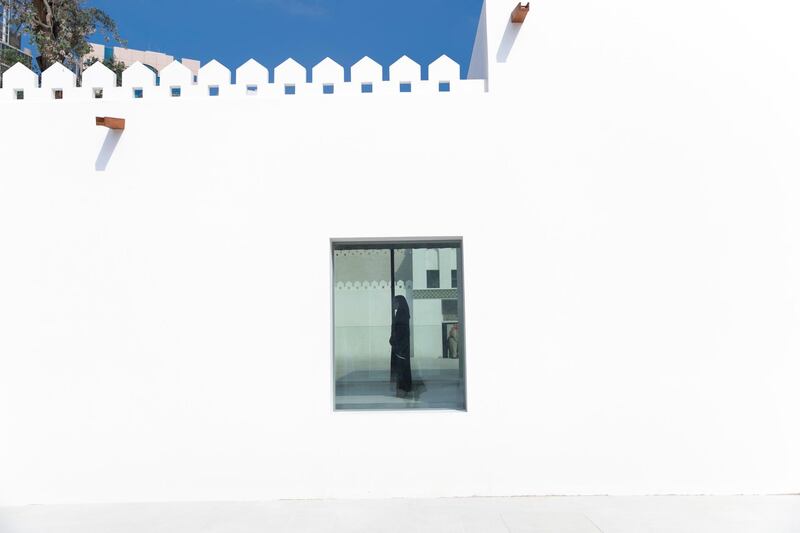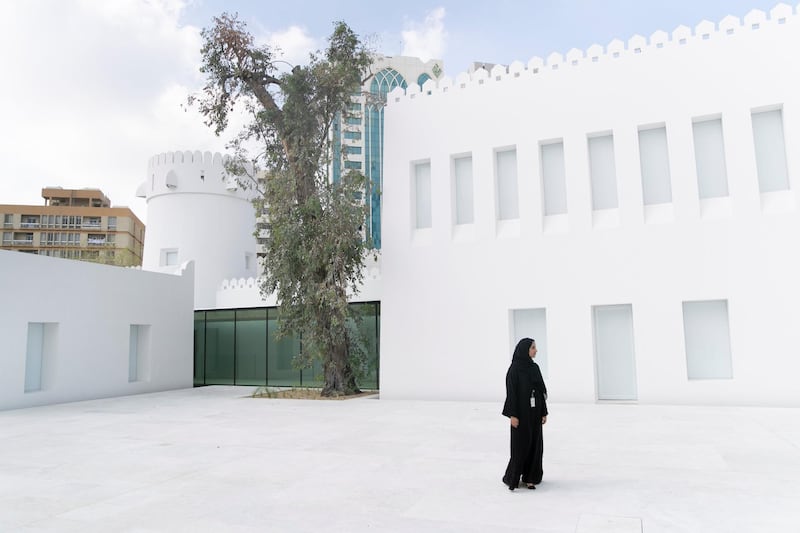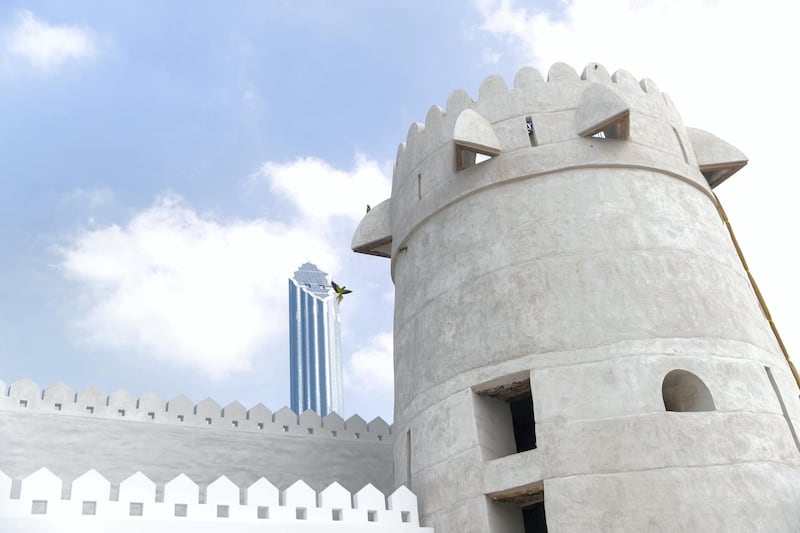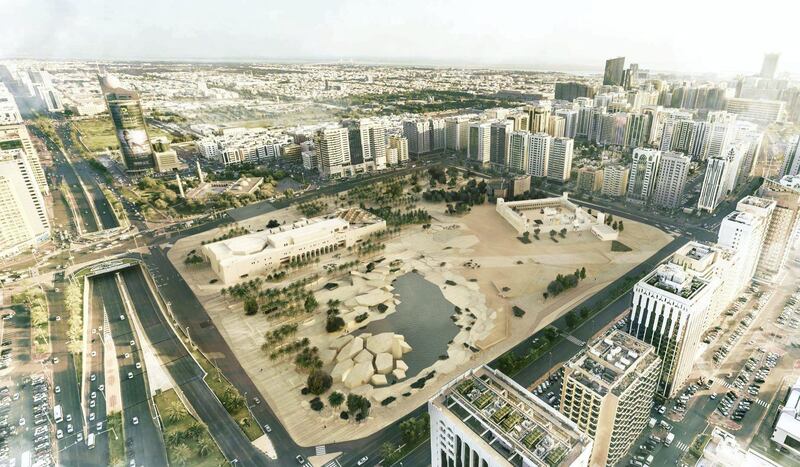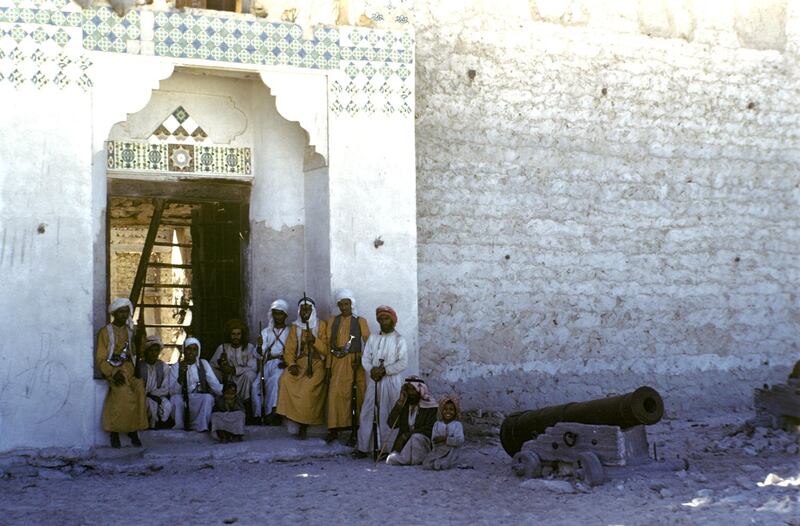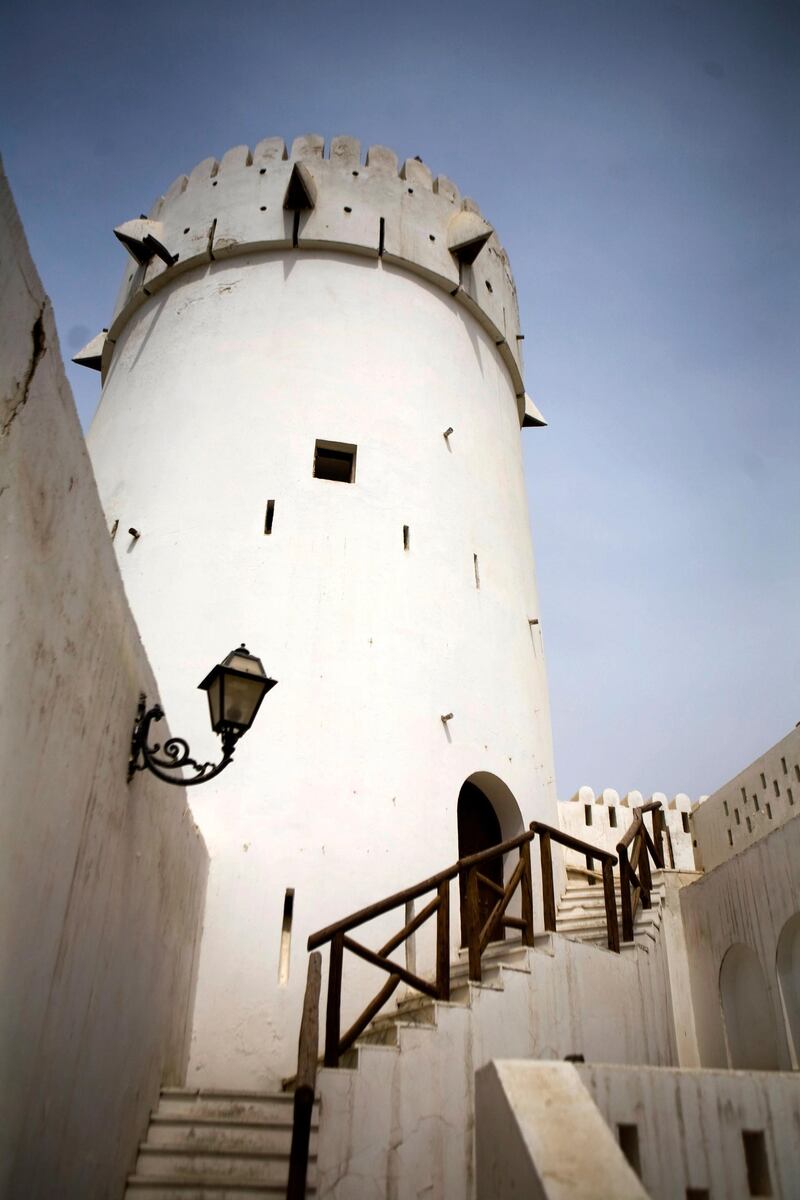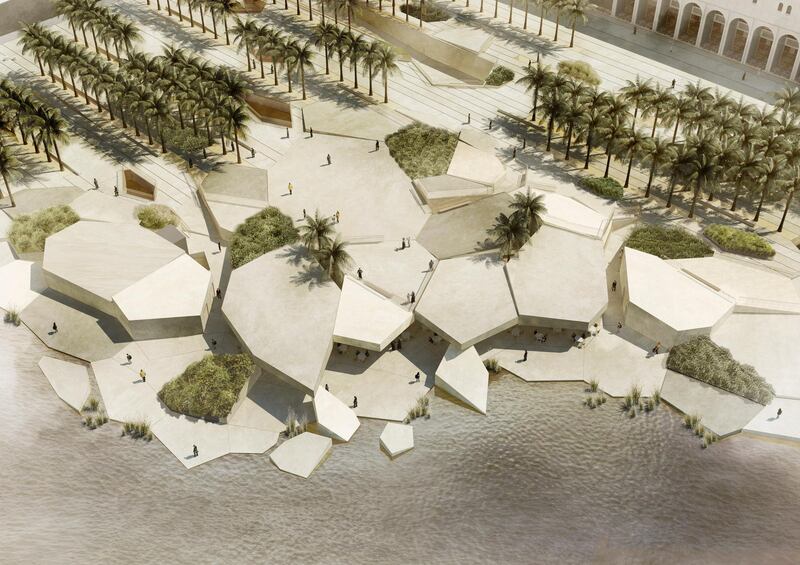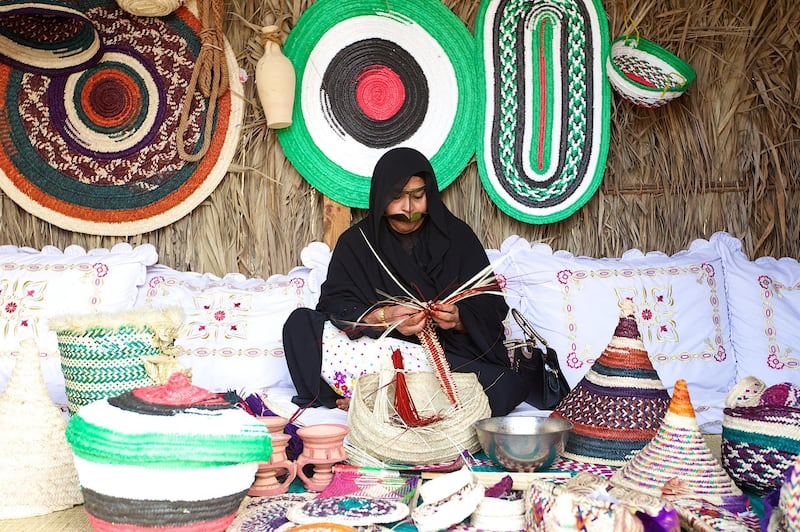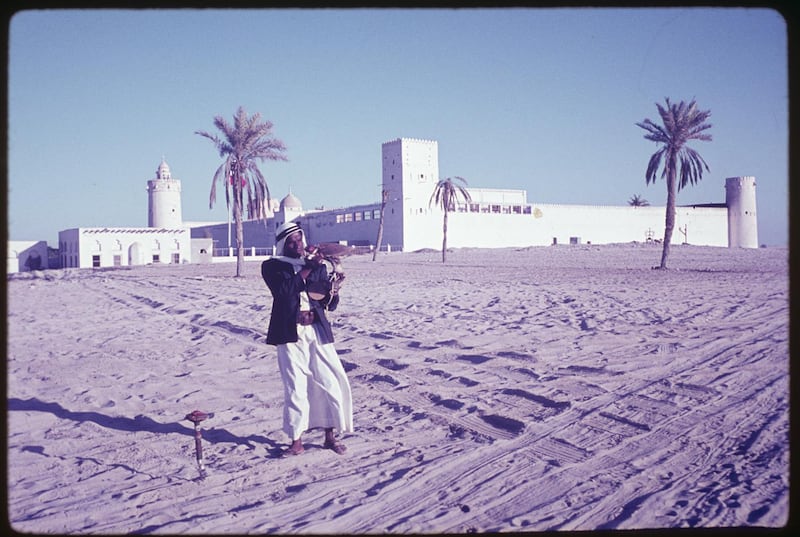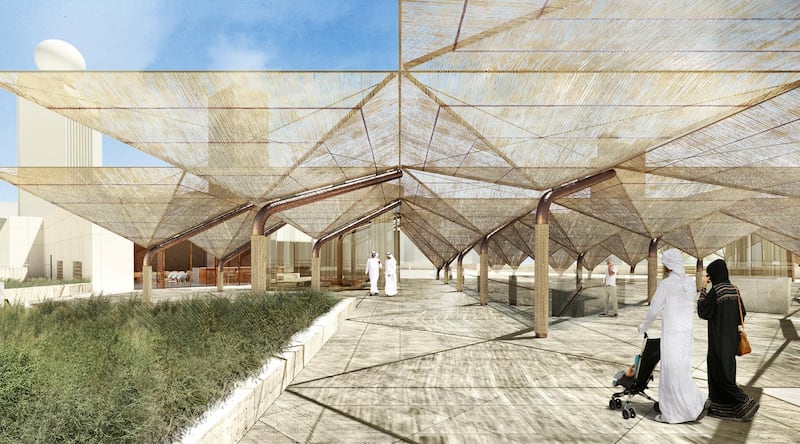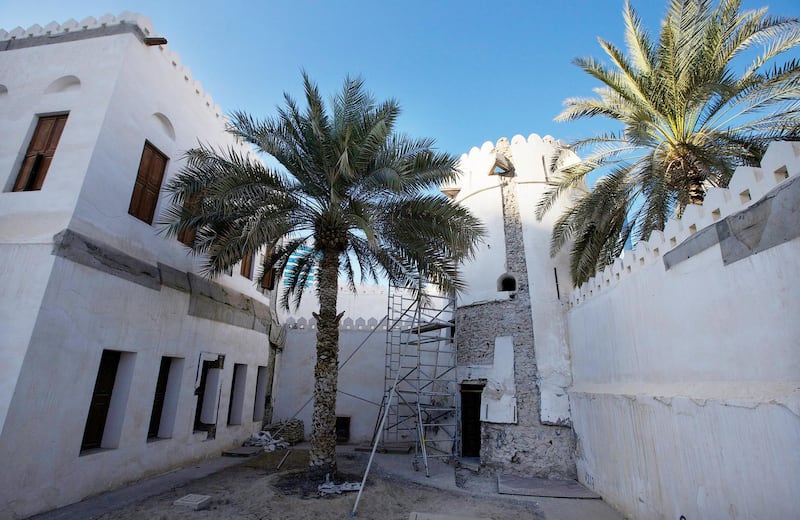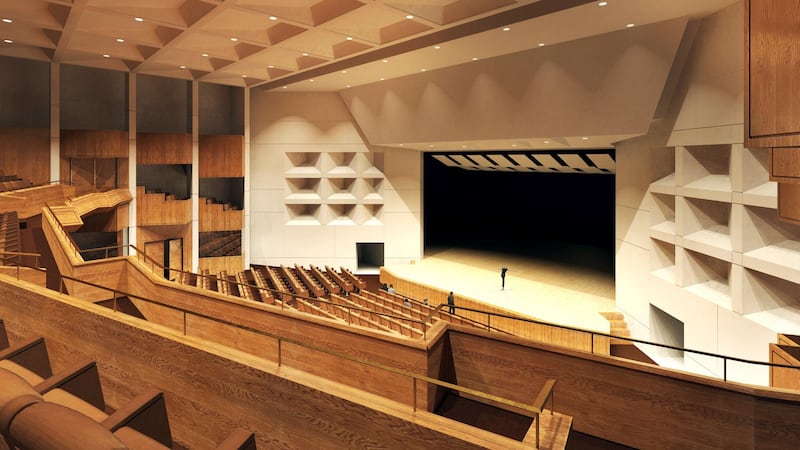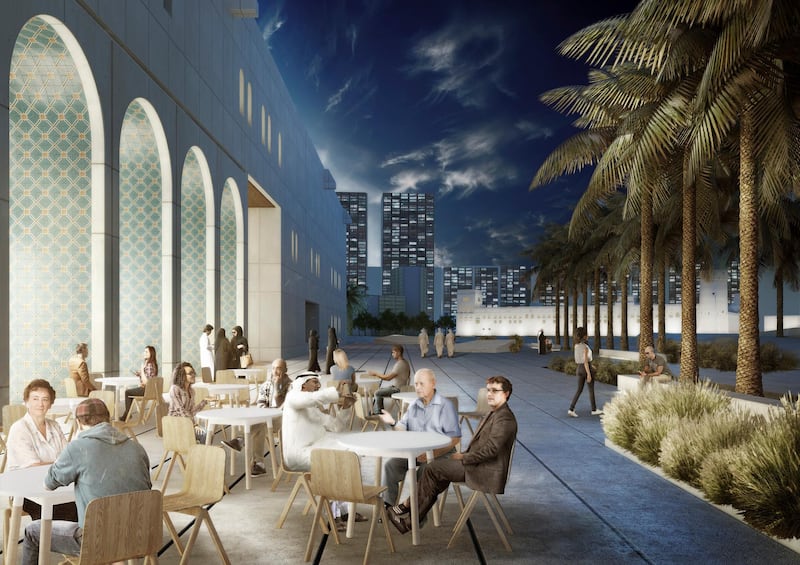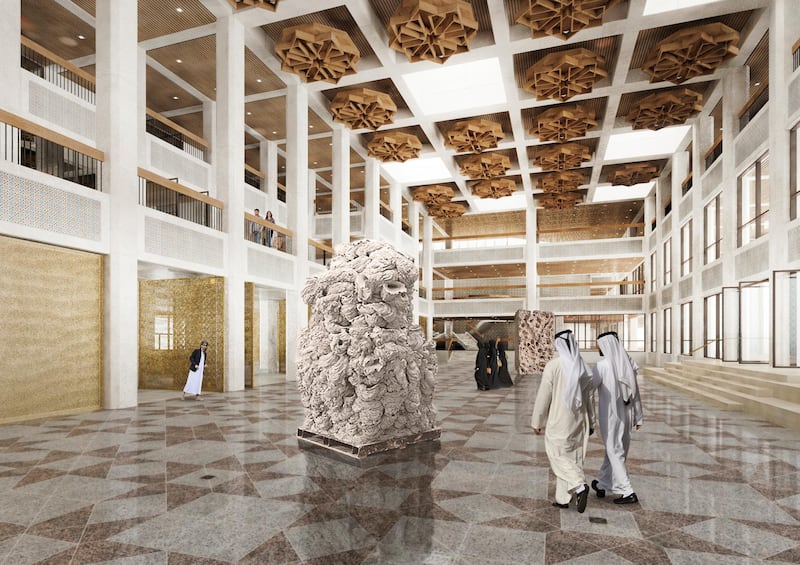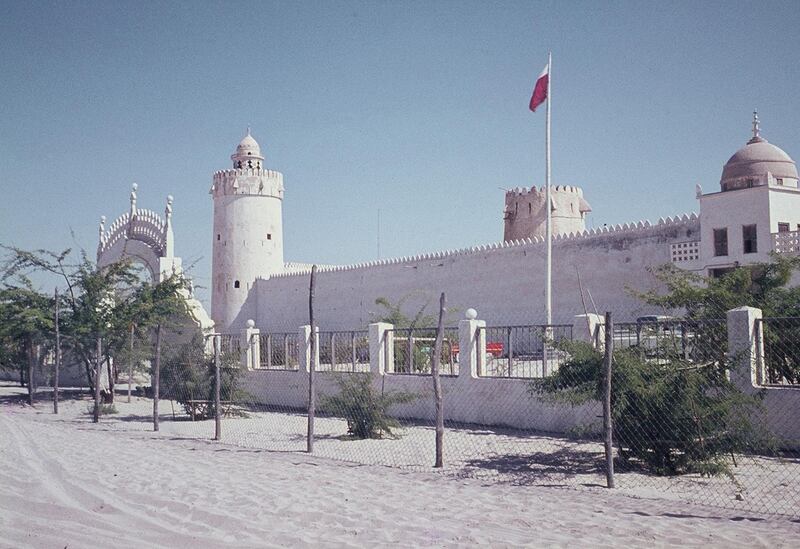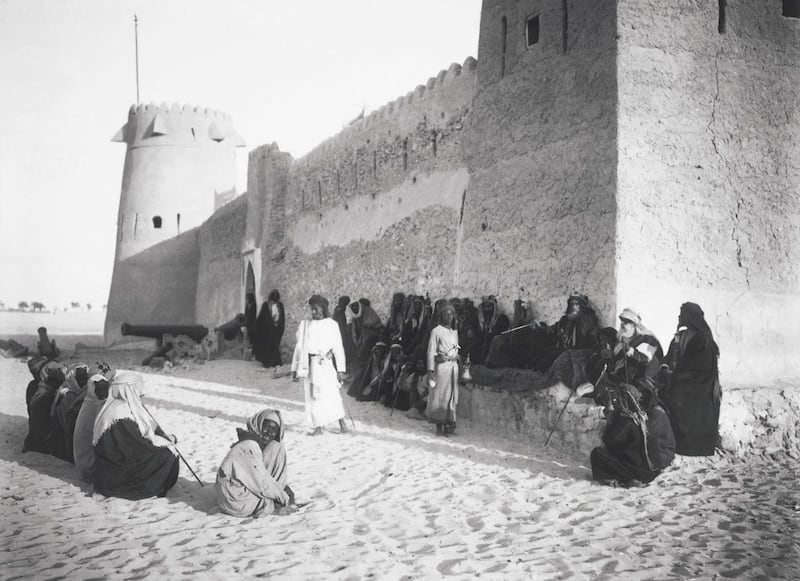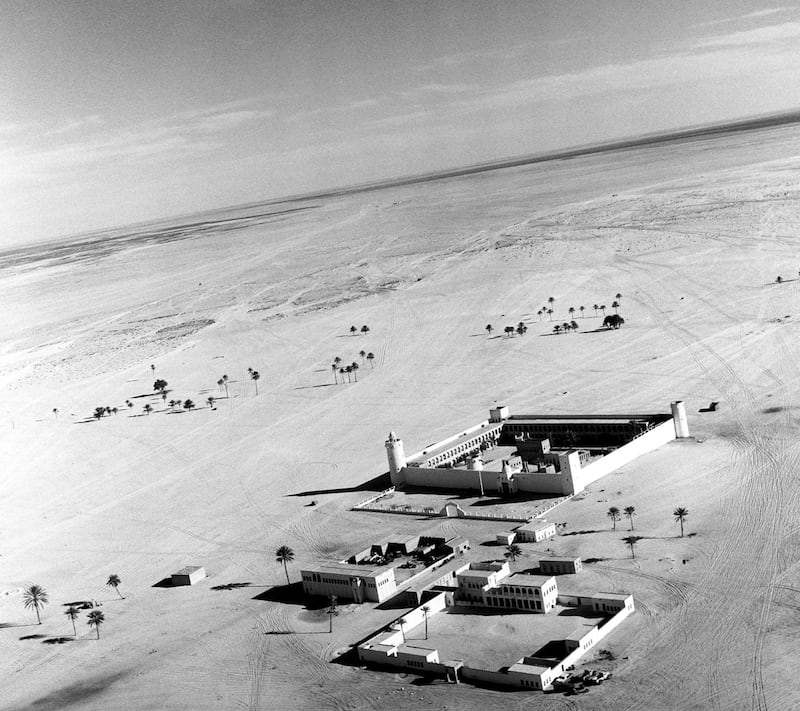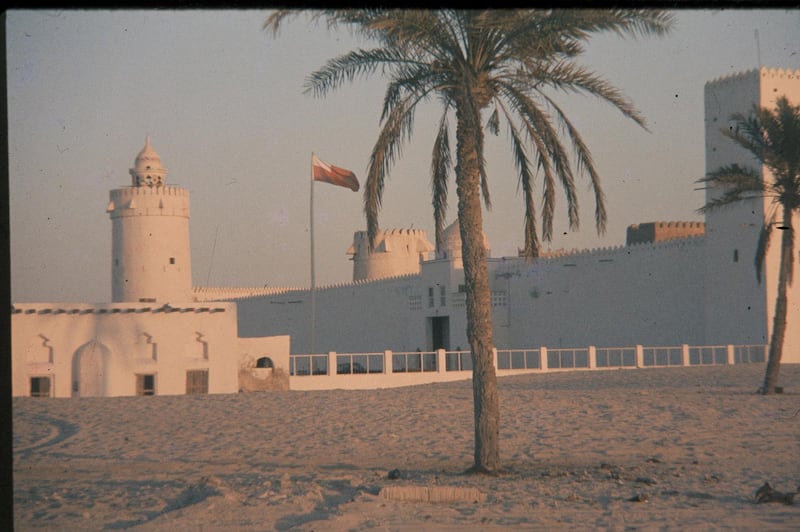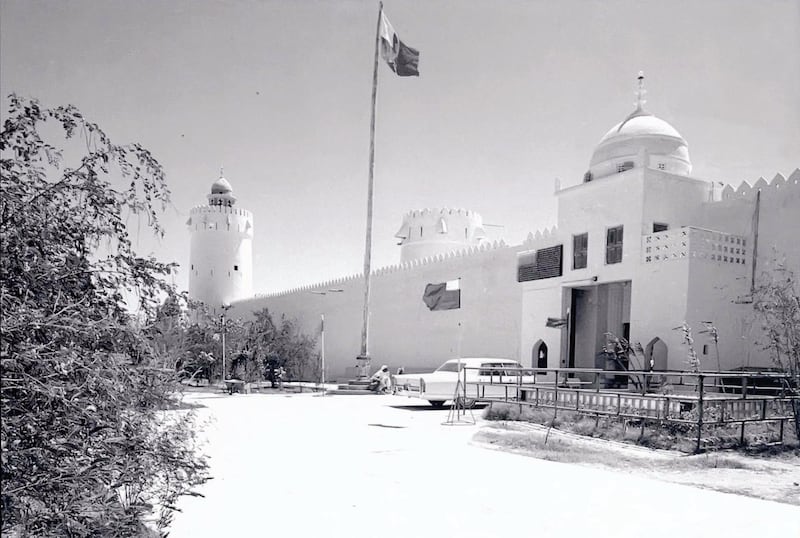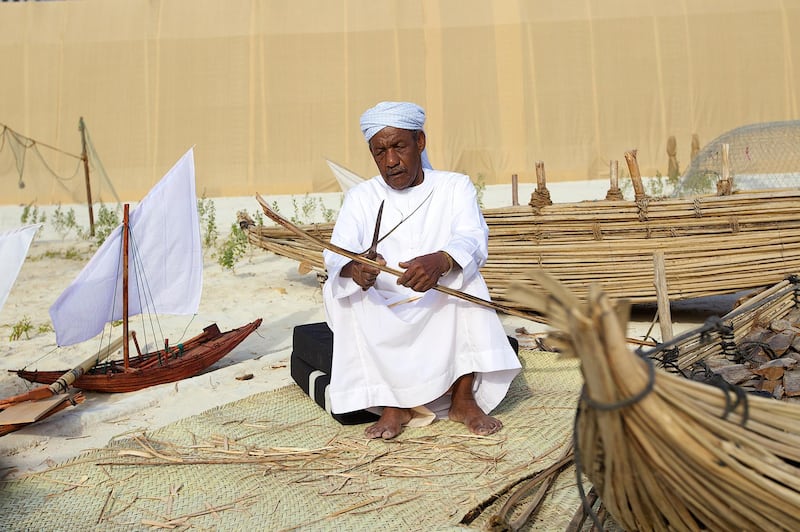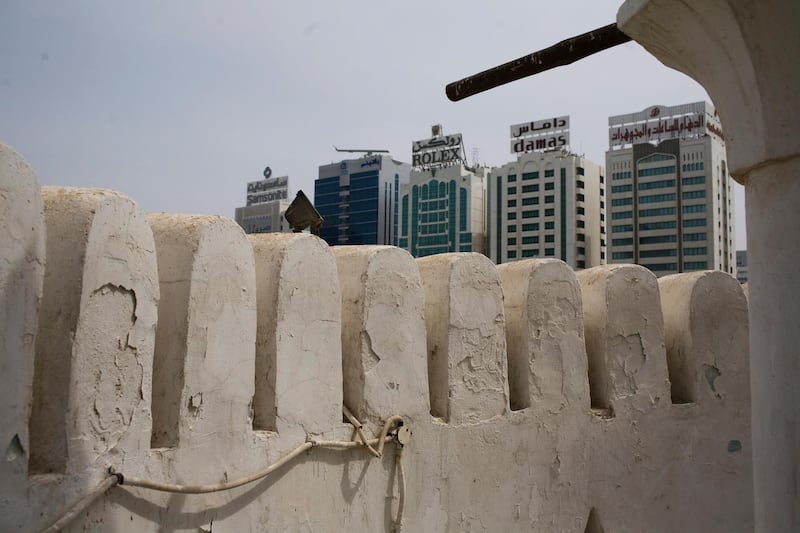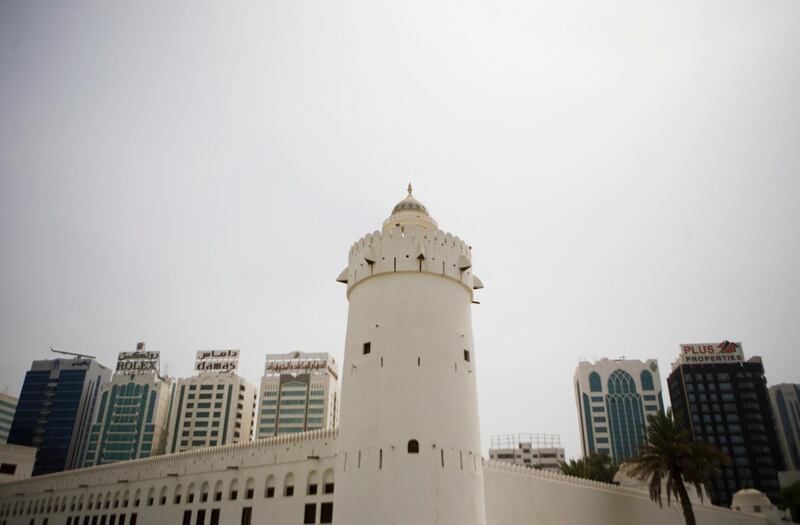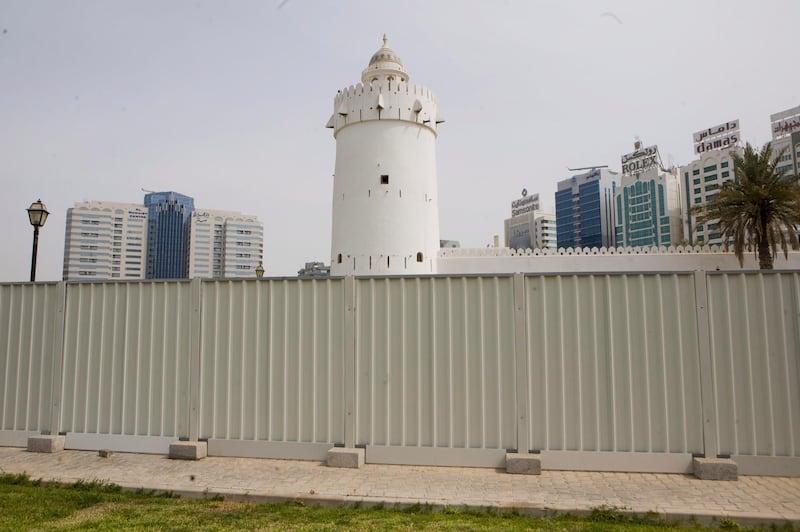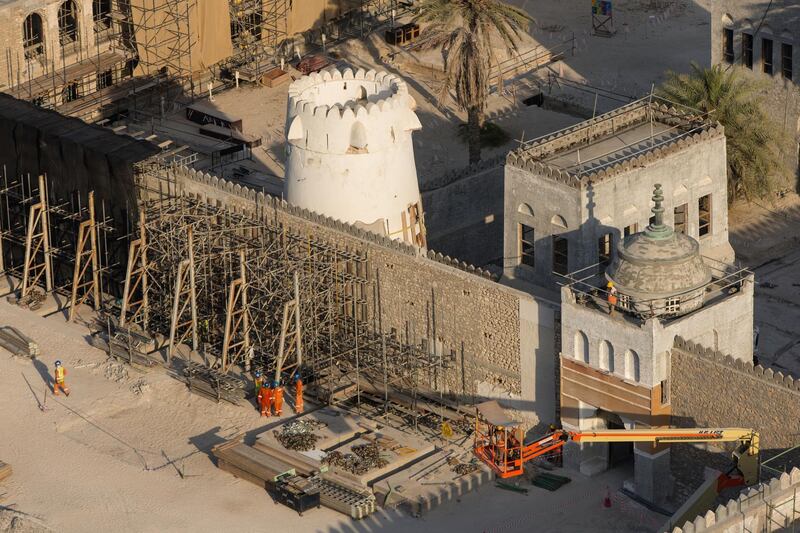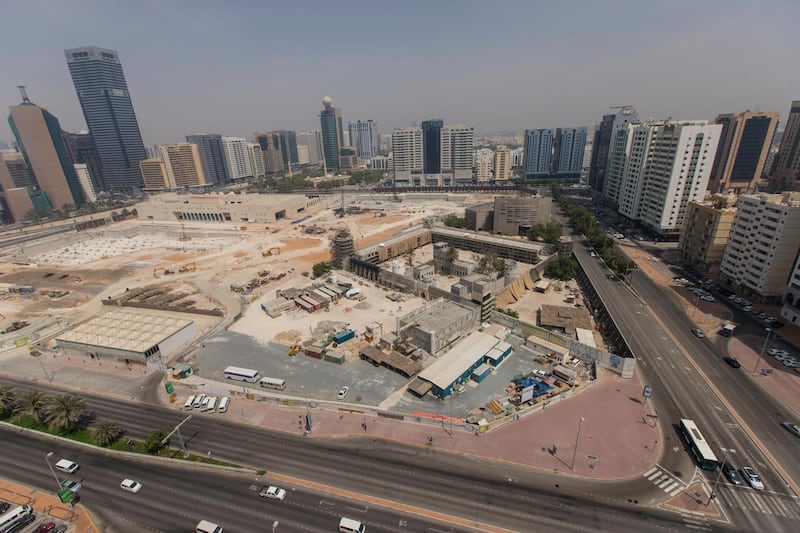Qasr Al Hosn is about to enter the next phase of its extraordinary history. On Friday December 7, after a decade of meticulous conservation and renovation, Abu Dhabi's oldest heritage site, parts of which date back to the 1760s, will re-open as a museum alongside a re-constructed National Consultative Council building and Cultural Foundation.
Here, then, in the heart of this ever-changing city, is a physical timeline of the story of Abu Dhabi, a tranquil oasis bathed in Emirati culture.
Qasr Al Hosn is made up of an Inner Fort – or 'Hosn' – that was built with coral and sea stone by Sheikh Shakhbut bin Dhiyab in 1795 and an Outer Palace – or 'Qasr' – added by Sheikh Shakhbut bin Sultan Al Nahyan in 1939.
For decades, Qasr Al Hosn housed the ruling family but by the 1960s, and after further renovations, this beautiful collection of understated buildings became home to the National Centre for Documentation and Research. It remained a resilient symbol of Abu Dhabi’s history, even as the city we know today quickly grew up around it.
_____________
Read more:
Salama Al Shamsi appointed director of Qasr Al Hosn
Qasr Al Hosn: the historic Abu Dhabi landmark will reopen after a decade on December 7
Qasr Al Hosn promotional video unveiled by Crown Prince of Abu Dhabi
_____________
![[©(c)Roland Halbe; Veroeffentlichung nur gegen Honorar, Urhebervermerk und Beleg / Copyrightpermission required for reproduction, Photocredit: Roland Halbe]](https://thenational-the-national-prod.cdn.arcpublishing.com/resizer/v2/4CO56NAZTXR47YH2ITNPCUXZMU.jpg?smart=true&auth=27a91a8094e86182745c349ef6e74ade373f1bc2d25d751830d2f9e28a7bb017&width=400&height=533)
The Cultural Foundation, meanwhile, was founded by the late Sheikh Zayed bin Sultan Al Nahyan in 1981 to encourage creative and intellectual activity in Abu Dhabi. There was a National Library, a performing arts wing and exhibition spaces. "[Many of us] had our first piano or art lessons in that building," says Salama Al Shamsi, newly appointed director of Qasr Al Hosn. Now it has been transformed with a renovated Visual Arts Centre, opening on December 7, and a theatre and Children's Library to open next year.
Before Qasr Al Hosn's opening, The National was given an extensive tour of the site, as the finishing touches were being made. It is a 400m x 400m development, split diagonally. Qasr Al Hosn, sitting on sand, its textured white walls with fragments of sea shells sparkling in the sunshine, is on one side. The cavernous Cultural Foundation, modern and geometric in form, is on the other – traditional techniques in conversation with modern architecture.
![[©(c)Roland Halbe; Veroeffentlichung nur gegen Honorar, Urhebervermerk und Beleg / Copyrightpermission required for reproduction, Photocredit: Roland Halbe]](https://thenational-the-national-prod.cdn.arcpublishing.com/resizer/v2/7AYKSMY6HRAU4T7V4HMNXT5OHE.jpg?smart=true&auth=a390e62c53b509845de290284824480bae52e20b2bdd8d32416956fa2faf9cc9&width=400&height=533)
Between the buildings is a large water feature, surrounded by shaded enclosures, places to sit, and a mangrove garden. Palm trees sway sedately. The idea is to allow visitors to Abu Dhabi to cross the line between traditional and modern. And it’s certainly impressive to stand by the Cultural Foundation and peer back in time, imagining a way of life unrecognisable in Abu Dhabi today.
The oldest structure in Qasr Al Hosn is the watchtower, built in 1760-61 by Sheikh Dhiyab bin Isa, leader of the Bani Yas tribe. Layers of modern-day render and gypsum have been peeled away to reveal the original stonework.
In one stunning spot, you can trace Qasr Al Hosn's architectural history from the 1700s right through to the present day. The oldest element of the building, the watchtower; a 1940s Outer Palace wall; the 1980s reinstatement of the inner fort; and finally, a modern skyscraper peeking into your eye-line reveal 250 years of progress and development in a single glance.
![[©(c)Roland Halbe; Veroeffentlichung nur gegen Honorar, Urhebervermerk und Beleg / Copyrightpermission required for reproduction, Photocredit: Roland Halbe]](https://thenational-the-national-prod.cdn.arcpublishing.com/resizer/v2/5AEGHZMYHTHIHQH5ELTJKV5ZVA.jpg?smart=true&auth=c23baa0fe24add141e03aea178c8c741d6d578319c65e798f26913aa92445ea9&width=400&height=533)
Within Qasr Al Hosn, every effort has been made to preserve the original features. The mangrove poles used in the 1940s in the corridors of the south wing, for example, were embedded within concrete of the 1980s era and couldn't be removed. To ensure they remained part of Qasr Al Hosn, a series of tubes were attached to the ends of the mangrove poles and preservatives were drip-fed into the wood.
It might have been easier to simply replace these poles but this 10-year project has been about preservation, rather than destruction. This attention to detail pays off and it allows us to understand how previous generations lived and worked.
One of the first rooms that visitors see within the Outer Palace demonstrates how Emirati architecture – those slab-like stone-walls and the wooden lintels wrapped in date palm rope – evolved to withstand the hostile summer conditions.
![[©(c)Roland Halbe; Veroeffentlichung nur gegen Honorar, Urhebervermerk und Beleg / Copyrightpermission required for reproduction, Photocredit: Roland Halbe]](https://thenational-the-national-prod.cdn.arcpublishing.com/resizer/v2/SHTWV2PWZ7LZSF3X3XYMF2L24Q.jpg?smart=true&auth=36a09674929edd0db736bfb3b577896354cdd1e5d3b699668bf86d5f034eaf10&width=400&height=533)
And so, as you move through the cloisters into each room, you can feel the cooling effect of the substantial walls. They act as a thermal store during the day by soaking up the sun's rays and then, as temperatures drop at night, radiating that same heat back into living spaces. Ghati structures – wind-catchers embedded within the architecture – also help to circulate air by funnelling any breeze from the courtyard into the building's interior.
The wonderful thing about Qasr Al Hosn is that it never feels like a museum. Yes, there will be displays of artefacts here, as well as re-enactments of daily rituals, but this is an altogether more immersive experience. To spend time within these whitewashed walls is to step back in history, to experience a living, breathing building from another era. Qasr Al Hosn is not about air-conditioned rooms and mocked-up facades. It is about the resuscitation of a place and way of life that deserves to be celebrated.
Constructed over 250 years ago, Qasr Al Hosn had begun to show its age. The walls were crumbling and the interiors were tired. It has now had the facelift it so richly deserves. Abu Dhabi’s past is secured and has become a central part of its future.

